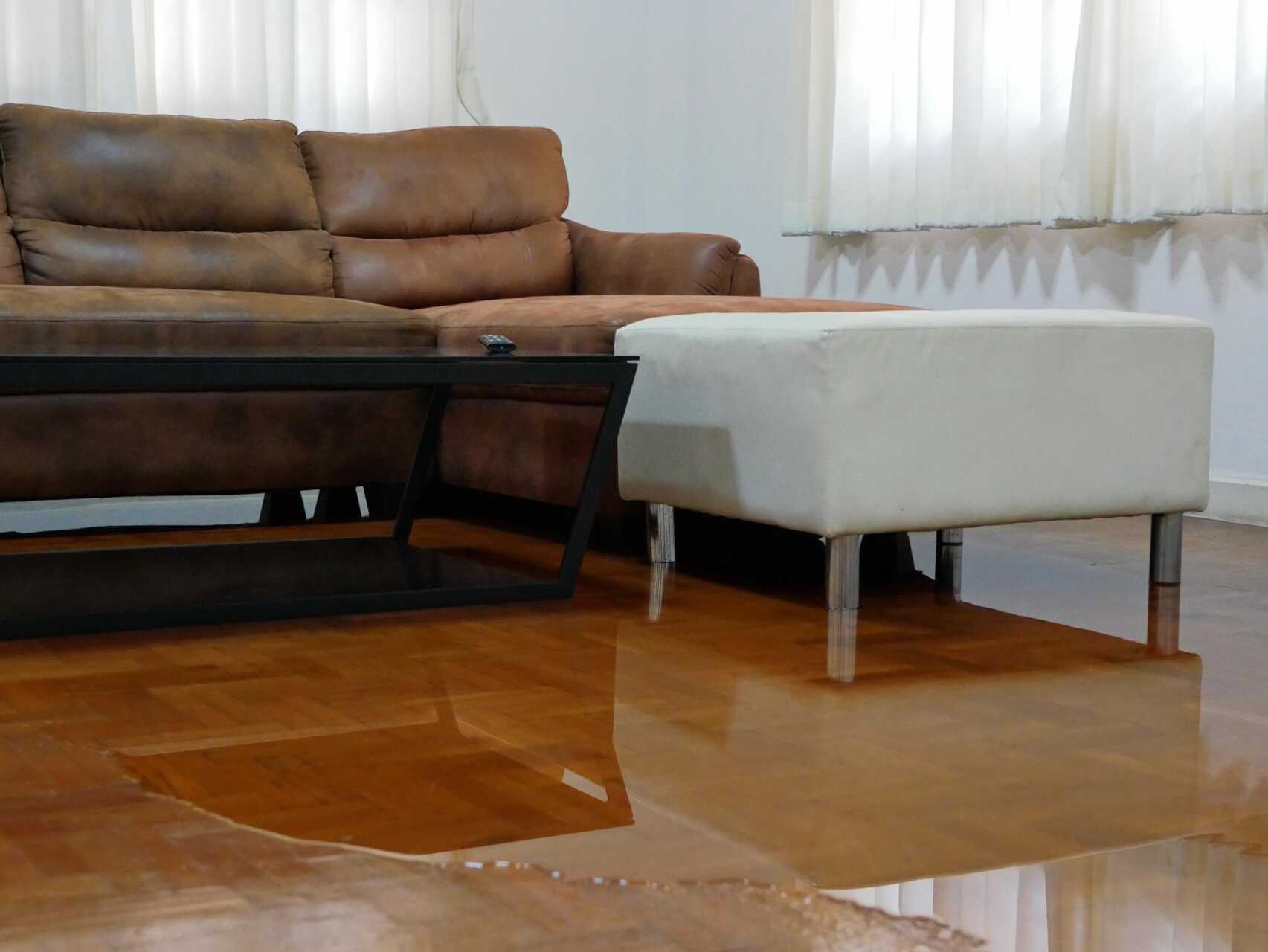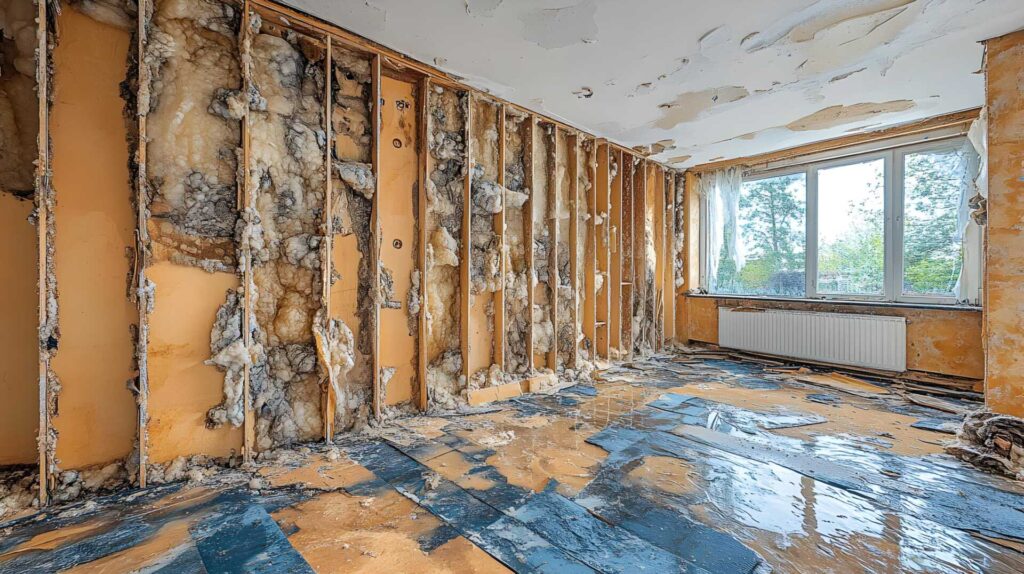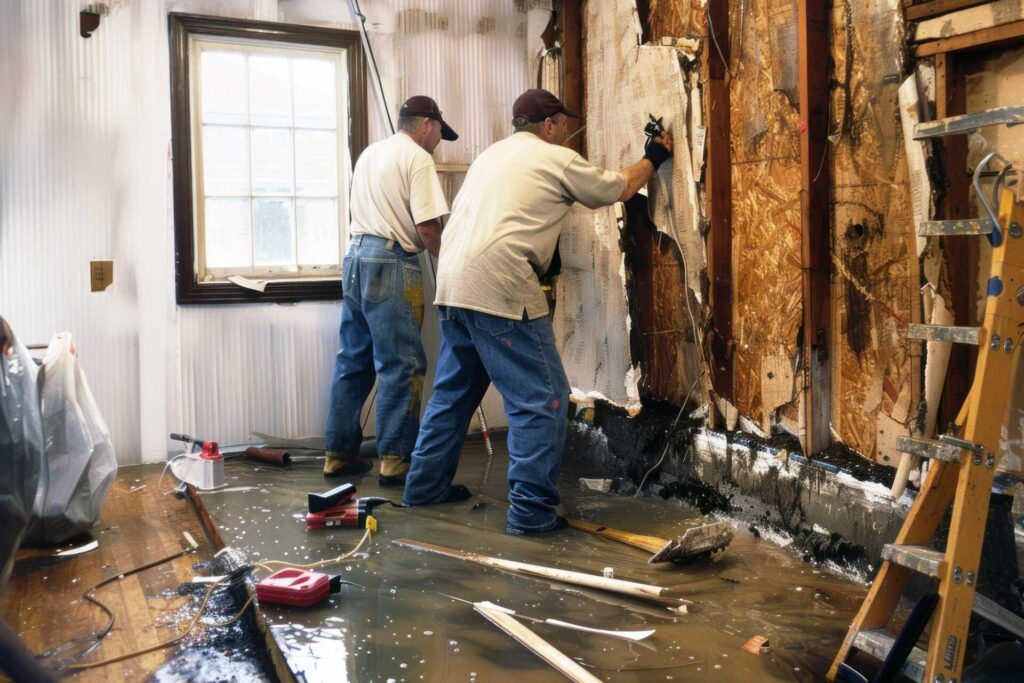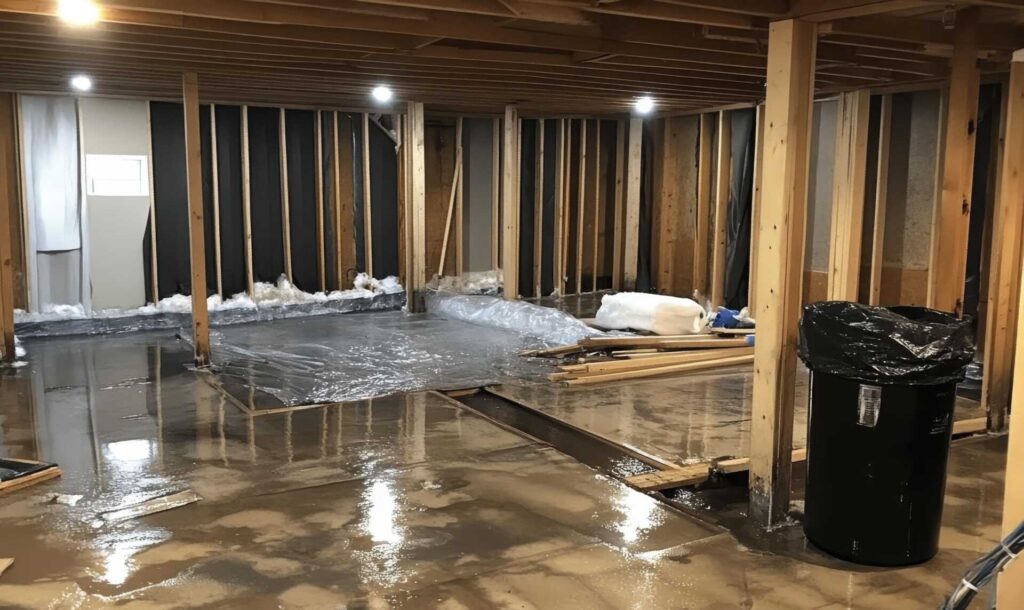Contents
In the world of residential water damage restoration, moving through the complex process of addressing and resolving water-related issues in your home requires a systematic approach. From the initial assessment of the damage to the final check ensuring a thorough restoration, each step plays a crucial role in reclaiming your living space. But what lies within each stage of this complex process, and how do professionals ensure your home is returned to its pre-damaged state? Let’s unravel the layers of the residential water damage restoration process to shed light on its complexities and importance in safeguarding your home.
Initial Assessment
When commencing the residential water damage restoration process, the initial evaluation plays a crucial role in determining the extent of the damage and developing an effective restoration strategy. This stage involves meticulously examining the affected areas to gauge the level of water damage. By scrutinizing the impacted spaces, such as walls, floors, and ceilings, experts can identify visible indications of water intrusion, such as moisture, staining, and mold growth. Additionally, specialized equipment may be utilized to uncover concealed moisture that could result in additional damage if not addressed.
Throughout the initial evaluation, specialists will classify the water damage based on the water source – whether it’s clean, gray, or black water. This categorization aids in determining the appropriate restoration techniques and safety measures required for the specific type of water damage.
Moreover, professionals will assess the structural soundness of the building to confirm it’s safe to proceed with the restoration process.
Subsequent to gathering all the essential information during the evaluation, a comprehensive restoration plan is devised. This plan delineates the necessary steps to mitigate the water damage, refurbish the affected areas, and avert future issues. By conducting a thorough initial evaluation, restoration experts can effectively address the water damage and restore your residence to its pre-damage state, offering you a sense of reassurance and attachment to your living space.
Water Extraction
To effectively address the water damage in your residence, the next crucial step in the restoration process is water extraction. Water extraction is vital in removing standing water from your home to prevent further damage and mold growth. Professional restoration teams utilize specialized equipment such as pumps, vacuums, and extractors to efficiently remove water from affected areas.
During the water extraction process, technicians will carefully assess the extent of the damage and determine the best approach to extract the water effectively. They’ll prioritize areas with the most significant water accumulation to prevent structural damage and mold proliferation. By promptly removing the water, the restoration team can expedite the drying process and minimize the risk of secondary damage.
The extraction process involves thorough water removal from floors, carpets, walls, and other affected surfaces. Technicians will also inspect hidden areas like crawl spaces and behind walls to ensure all water is extracted. This meticulous approach helps prevent long-term issues and ensures a more successful restoration outcome.
Drying and Dehumidification
Following the water extraction process, the focus shifts to drying and dehumidification to optimize the thorough restoration of your residence. Once standing water has been removed, moisture can still linger in walls, floors, and furniture, leading to mold growth and structural damage if not properly addressed.
Drying involves using specialized equipment such as dehumidifiers, air movers, and heaters to eliminate excess moisture. Dehumidifiers work by pulling moisture from the air, while air movers enhance evaporation by circulating air. This process may take several days, depending on the extent of the water damage.
During dehumidification, moisture levels are carefully monitored to ensure ideal drying conditions. Professionals use moisture meters to assess the moisture content in different materials, adjusting the equipment as needed. This meticulous approach helps prevent secondary damage and ensures a complete restoration.
Proper ventilation is essential during drying and dehumidification to facilitate the removal of moisture-laden air and promote faster drying. Opening windows and using fans can aid in this process, expediting the restoration timeline.
Restoration and Repairs
After ensuring thorough desiccation and dehumidification of the affected areas, the next crucial step in the residential water damage restoration process is restoration and repairs. During this phase, skilled technicians conduct a detailed assessment to identify the extent of the damage and develop an all-inclusive plan to restore your home to its pre-water damage condition.
The restoration process involves various tasks, such as replacing damaged drywall, repairing or replacing flooring, fixing plumbing issues, and restoring any other structural elements affected by water. Skilled professionals use specialized equipment and techniques to ensure that every aspect of your home is meticulously restored.
It’s vital to address water damage promptly to prevent further issues such as mold growth, structural deterioration, and potential health hazards. By entrusting the restoration and repair process to experienced professionals, you can have peace of mind knowing that your home is in good hands.
Throughout the restoration and repair phase, communication is key. Reputable restoration companies keep you informed about the progress, timelines, and any changes to the initial plan. They work diligently to bring your home back to its original state, making sure you feel comfortable and secure in your living space once again.
Final Inspection
Conducting a thorough final examination is an important aspect of the residential water damage restoration process. Once all the restoration and repairs have been completed, it’s essential to verify that everything is back to its pre-damaged state.
During the final examination, a qualified technician will meticulously go through the affected areas to check for any lingering signs of water damage, mold, or structural issues.
The final examination typically involves a detailed assessment of the walls, floors, ceilings, and any other affected surfaces. The technician will also inspect concealed areas like behind walls or under flooring to make sure no moisture is left trapped, which could lead to future problems. Additionally, they’ll inspect the functionality of any water-damaged appliances or systems to ensure they’re safe to use.
Any necessary adjustments or touch-ups identified during the final examination will be promptly addressed to confirm the restoration is complete. Once the examination is successfully passed, you can have peace of mind knowing that your home is free from water damage and safe for you and your family.
Final Thoughts
Now that you understand the residential water damage restoration process think of it as a skilled surgeon repairing a wounded home. Each step, from assessment to final inspection, is like delicate surgery, meticulously ensuring your home is healed and restored. Trust in the experts to bring your home back to its former glory, just like a talented surgeon restores health and wellness. Your home deserves the best care, just like a patient in capable hands.




